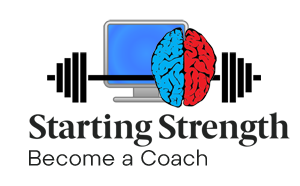
Originally Posted by
Jeroen

And deadlifts, Squats Powerclean, Press all make your lower back stronger, right!? In addition to Mark answer, if it is of any help:
"I believe that the maximum distance a multi sprint sport athlete needs to run in one direction during conditioning training should be limited to 20metres. Think about it for a while and try it as I have tried to follow my 20metre rule for the majority of the training year. In the analysis of soccer we can see that it is rare a player runs more than 20m etres in one direction so I ask why should we do anything differently in training. we want to move away from players cruising during the game and move towards attacking the space at pace.
Dr Craig Duncan is currently the director of The Academy of Athletic Development and Head of the Sport and Fitness department at the South Western Sydney Institute of TAFE










